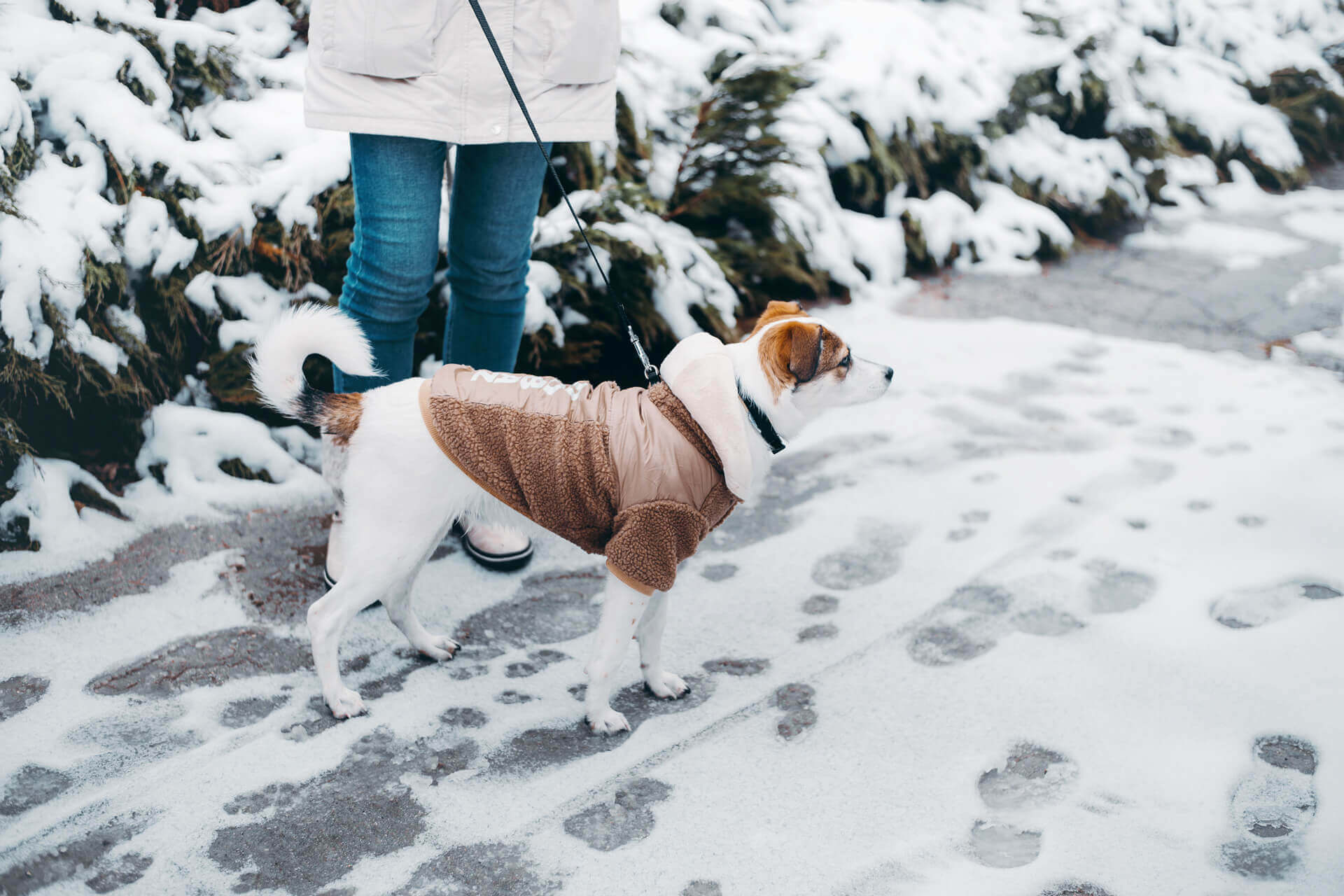By moving so slowly sloths have various critters living on them including algae. Sloths are medium-sized mammals that live in the Central and South American rainforests.
 Sloths Shut Down Metabolism When It Gets Too Hot Or Cold
Sloths Shut Down Metabolism When It Gets Too Hot Or Cold
The sloth got its name from its slow movement it is not lazy just slow-moving.

How do sloths protect themselves. They will only relieve themselves once a week and can lose up to a third of their body weight in one sitting. Instead sloths outsmart predators by relying on camouflage such as algae that grows on their fur. A cornered sloth may swipe at its attackers in an effort to scare them away or wound them.
Sloths protect themselves by camouflaging themselves in trees staying still and growing green algae on their fur. Sloths spend a majority of their time up in the canopy coming down only one time per week to relieve themselves. The other type is the three-toed sloth.
They live on the leaves of trees coming down to use the toilet once a week. Its safer for sloths to remain motionless and camouflaged off the ground. How Do Sloths Protect Themselves from Attackers.
Sloths do not use their claws too much. So sloths often go. Typically only to protect themselves from predators.
Sloths spend nearly all of their life in the tree tops where they hide from predators. In total there are six species of sloth. One theory is that sloth moths which live in sloth hair actually lay their eggs in the feces.
Furthermore they will only do it on the ground after wiggling around the base of a tree to dig a little hole. Though sloths tend to be docile animals and are relatively harmless to humans it is essential to understand that with any wild animal if threatened the natural reaction will be to protect themselves. This algae provides them with something very important to their survival camouflage.
The trees provide a natural protection from predators such as jaguars and eagles. By using this camouflage staying high up in the trees and. And there are other reasons not to snuggle up to a sloth.
One type is the two-toed sloth they are a bit bigger than the three-toed sloths. Sloth and are licked. Sloths belong to the families Megalonychidae and Bradypodidae part of the.
Sloths typically rely on their camouflage to protect themselves from predators. Their main predators rely on sight and movement. Their claws serve as their only natural defense.
They can turn their heads 360 degrees to check for predators and use their long claws to defend themselves. Theyll grab the tree dig a little poop pit and do a poo dance to cover it up. Thus if a sloth fails to defend itself through camouflage and stillness it will not hesitate.
Sloths climb down from the canopy to relieve themselves. How do sloths defend themselves against predators. So what do sloths do to protect themselves from these three predators.
Despite sloths apparent defenselessness predators do not pose special problems. The sloth is the slowest mammal on Earth. Then once they mature they fly up to take residence in their host sloths fur.
However when threatened they can use their 3- to 4-inch-long claws and teeth to defend themselves. Sloths are famous for their bizarre bathroom habits. A lot of theories have been put forth about why sloths feel the need to expend so much effort and expose themselves to so much danger just to toilet.
Well almost nothingquite literally. And despite their slow movements sloths are surprisingly strong. Sloths have short flat heads big eyes a short snout long legs and tiny ears.
Some of their predators like jaguar and ocelots dont.


